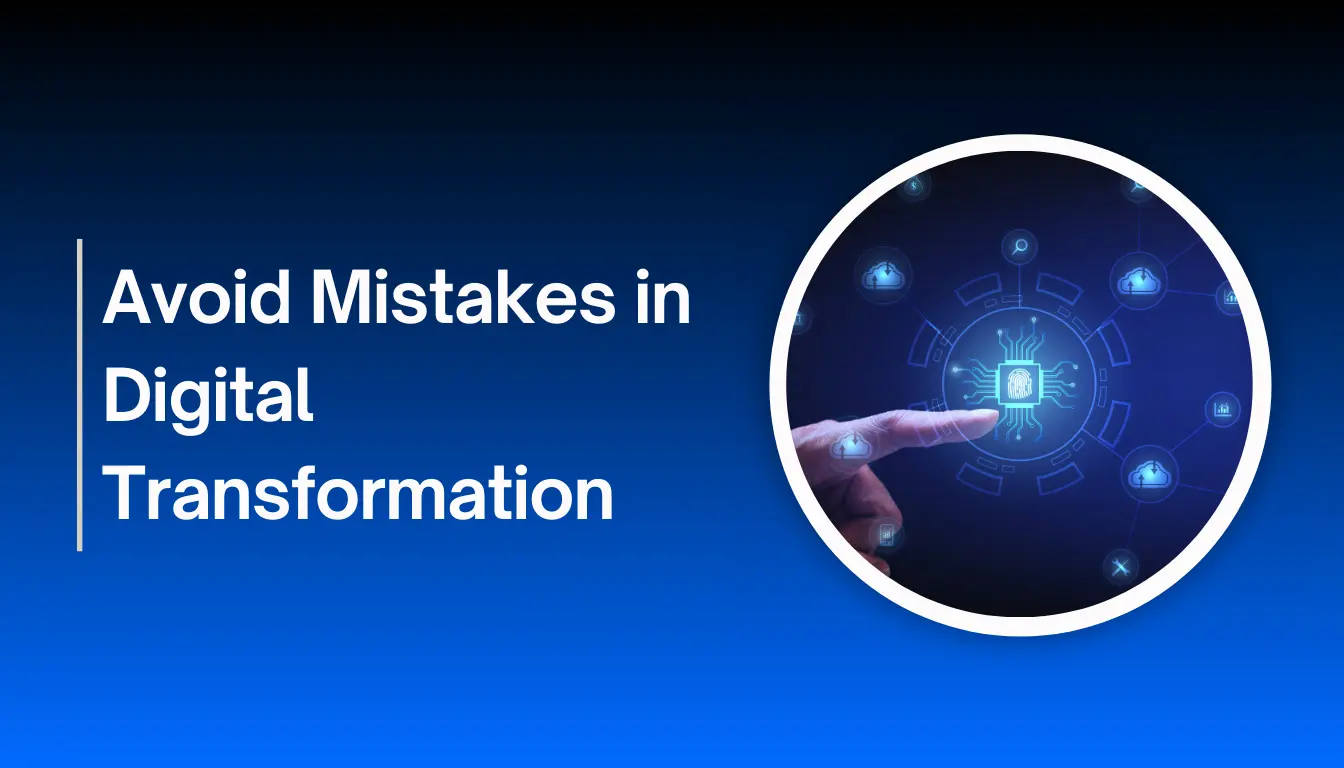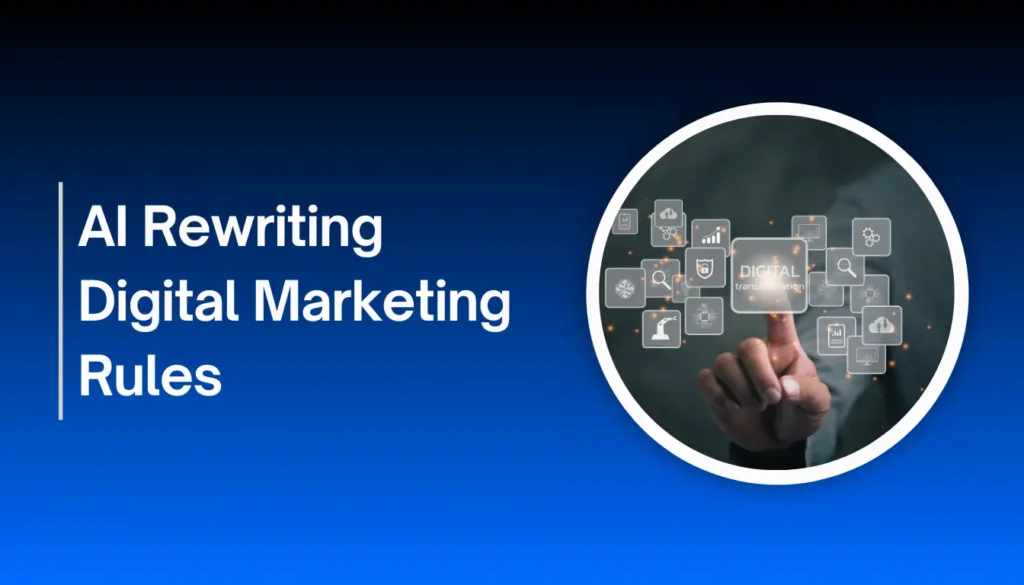Facing a digital world shift? You’re not alone. Studies show nearly 70% of digital transformation initiatives fail to meet their objectives. Why? Often, it’s due to easily avoidable missteps. This guide helps navigate the complexities of your digital transformation journey, steering you clear of common pitfalls for success in 2025.
Key Strategies Digital Transformation Success
Defining Clear Goals Scope
Before diving in, establish precisely what you want your digital transformation to accomplish. Generic goals lead to scattered efforts and wasted resources. Instead, define specific, measurable, achievable, relevant, and time-bound (SMART) objectives. Consider areas like customer experience, operational efficiency, or new revenue streams.
- Specific: Increase online sales by 15% within the next year.
- Measurable: Track website conversions and customer acquisition costs.
- Achievable: Based on current trends and resources.
- Relevant: Aligns with overall business strategy.
- Time-bound: Target completion date is December 31, 2025.
Securing Leadership Buy-in Engagement
Successful digital transformation requires full commitment from the top. Leaders must champion the vision, allocate necessary resources, and actively participate in the process. Resistance or lack of understanding at the leadership level can derail even the most promising initiatives. Regular communication and demonstrating the value proposition are crucial.
Developing a Comprehensive Roadmap
A well-defined roadmap acts as your blueprint. It outlines the stages of your digital transformation, key milestones, responsible teams, and timelines. This provides clarity, ensures alignment, and helps track progress. Without a roadmap, you risk a disorganized and reactive approach.
Common Mistakes Avoid Digital Transformation
Lack of Clear Vision Strategy
One frequent stumble? Starting without a clear understanding of the ‘why’. Many organizations jump into adopting new technologies without a defined strategy. This leads to implementing solutions that don’t address core business needs or contribute to overall objectives. A strong vision aligned with business goals is fundamental.
Ignoring Employee Resistance Training
Technology is just one piece of the puzzle. Your employees are the ones who will ultimately use and benefit from the changes. Failing to address their concerns, provide adequate training, and involve them in the process can lead to resistance and low adoption rates. Change management is as crucial as technology adoption.
Personally, I’ve seen projects stall simply because the teams weren’t properly onboarded with new systems. Investing in training and open communication is non-negotiable.
Underestimating Data Migration Integration Complexities
Moving data from legacy systems to new platforms can be a complex and time-consuming process. Underestimating the effort involved, potential data inconsistencies, and integration challenges can lead to significant delays and cost overruns. Thorough planning and data governance are essential.
| Challenge | Impact | Mitigation |
|---|---|---|
| Data Inconsistencies | Inaccurate reporting, flawed decision-making | Data cleansing, validation processes |
| Integration Issues | Siloed systems, inefficient workflows | API integration, middleware solutions |
| Migration Delays | Project delays, budget overruns | Detailed planning, experienced migration team |
Insufficient Focus Customer Experience
While internal efficiency is important, the ultimate goal of many digital transformation efforts is to improve customer experience. Neglecting the customer perspective throughout the journey can result in solutions that don’t meet their needs or expectations. Customer feedback and journey mapping are vital.
“The customer’s perception is your reality.” – Kate Zabriskie
Treating Technology as a Silver Bullet
Technology is an enabler, not a magic solution. Simply adopting the latest tools without addressing underlying process issues or strategic alignment won’t guarantee success. Focus on how technology can support your overall business objectives, not the other way around.
Essential Tools Technologies
Cloud Computing Solutions
Cloud computing platforms like AWS, Azure, and Google Cloud offer scalability, flexibility, and cost-effectiveness for your digital transformation initiatives.
Data Analytics Platforms
Tools such as Tableau, Power BI, and Google Analytics provide insights from your data, enabling data-driven decision-making and performance tracking.
Customer Relationship Management (CRM) Systems
CRM platforms like Salesforce and HubSpot help manage customer interactions, personalize experiences, and improve customer retention.
Project Management Software
Tools like Asana, Trello, and Jira aid in planning, executing, and tracking your digital transformation projects effectively.
Expert Insights Guidance
Engaging with experienced consultants or advisors can provide valuable insights and guidance throughout your digital transformation journey. Their expertise can help you avoid common pitfalls and accelerate your progress.
“Digital transformation is not about technology, but about people and process.” – Charlene Li
Key Takeaways
- Define clear, measurable goals for your digital transformation.
- Secure strong leadership buy-in and engage your employees.
- Develop a detailed roadmap to guide your efforts.
- Prioritize customer experience throughout the process.
- Remember technology is a tool, not a standalone solution.
Recommendations
A successful digital transformation hinges on meticulous planning, clear communication, and a customer-centric approach. By understanding and avoiding these common mistakes, your organization can navigate the complexities and reap the rewards of a digitally transformed future. Ready to take the next step in your digital transformation? Contact us today for a consultation!
FAQ
What are Common Mistakes to Avoid in Your Digital Transformation Journey?
Common mistakes include lack of clear vision, ignoring employee resistance, underestimating data complexities, insufficient customer focus, and treating technology as a standalone solution during your digital transformation journey.
Why is a Clear Strategy Important for Digital Transformation?
A clear strategy provides direction, aligns efforts, and ensures that technology investments support overall business objectives in your digital transformation.
How Can Employee Resistance Hinder Digital Transformation?
Employee resistance can lead to low adoption rates, project delays, and ultimately, failure to achieve the desired outcomes of your digital transformation.
What Role Does Customer Experience Play in Digital Transformation?
Customer experience is a central focus of successful digital transformation, ensuring that changes meet customer needs and improve satisfaction.
How Can Businesses Choose the Right Technologies for Digital Transformation?
Businesses should select technologies that align with their specific goals, address their unique challenges, and integrate seamlessly with existing systems during their digital transformation.




















